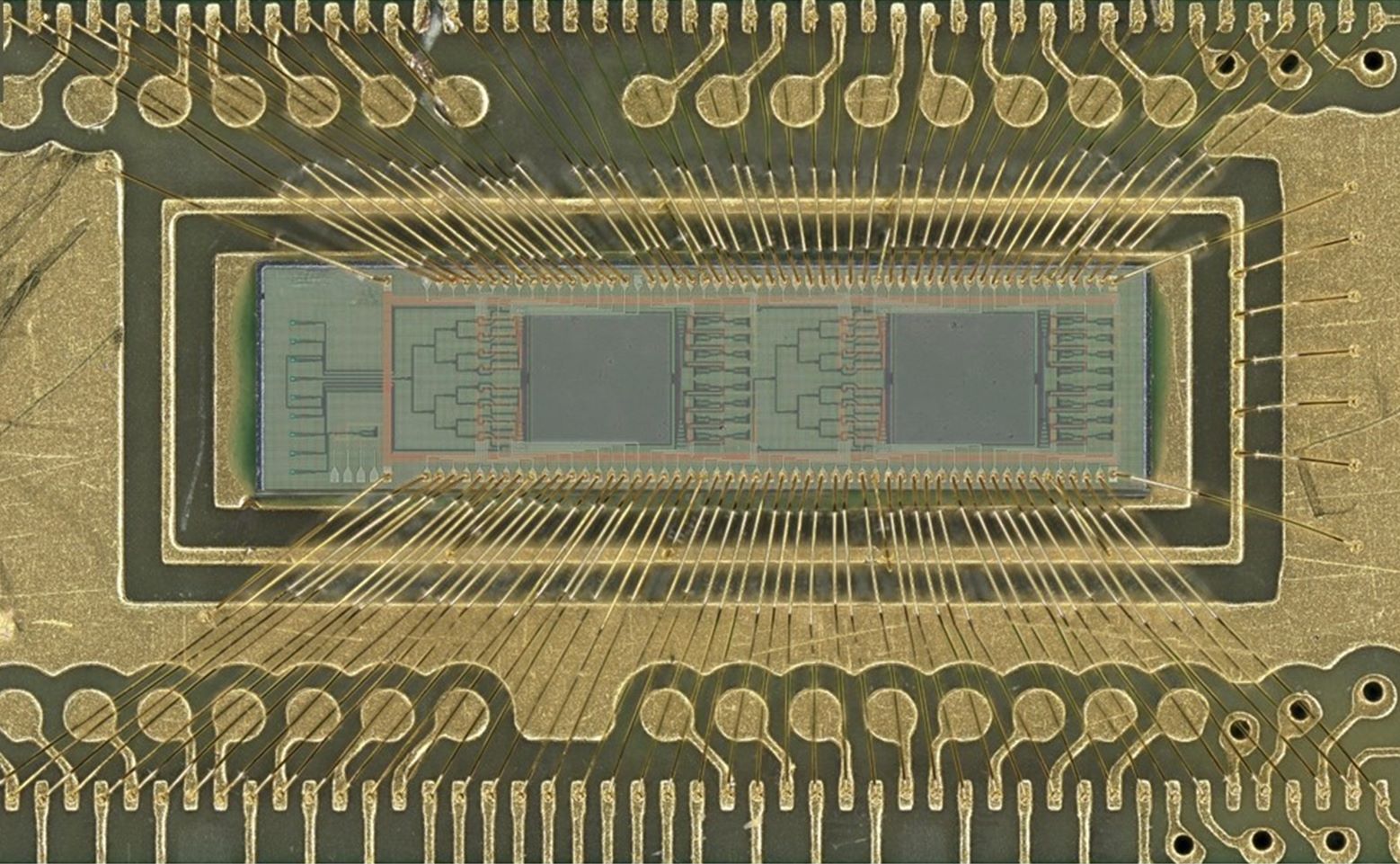Researchers Develop Light-Powered AI Chip for Enhanced Efficiency
Researchers at the University of Florida and international partners have developed a light-powered AI chip that promises up to 100-fold efficiency gains, potentially revolutionizing sustainable and scalable artificial intelligence.

Researchers unveiled a breakthrough in artificial intelligence hardware on September 11, 2025, introducing a silicon photonic chip that uses light instead of electricity to perform AI’s most energy-intensive computations. The innovation, led by the University of Florida in collaboration with institutions such as UCLA, George Washington University, and the Politecnico di Milano, addresses the growing energy demands of AI systems by shifting key operations from the electronic to the optical domain.
The core of the new chip is its ability to execute convolution operations—fundamental to neural networks—using microscopic Fresnel lenses etched onto silicon. Data is converted into laser light, processed optically, and then returned to digital form, dramatically reducing energy consumption and heat generation. In proof-of-concept tests, the chip achieved 98% accuracy in classifying handwritten digits, matching traditional electronic chips while using a fraction of the power.
How Light-Powered Chips Work
Unlike conventional chips that rely solely on electrons, the new design leverages the interference of light waves to perform mathematical operations such as addition and multiplication. This approach, demonstrated by teams at both the University of Florida and Politecnico di Milano, enables parallel processing through wavelength multiplexing—multiple streams of data can be handled simultaneously using different colors of laser light. The result is a system that is not only faster but also significantly more energy efficient, with researchers reporting up to a 100-fold improvement in power efficiency.
Implications for AI and Sustainability
The development comes at a critical time as AI models become larger and more power-hungry, raising concerns about scalability and environmental impact. By eliminating the need to digitize information for every computation, photonic chips could enable AI models to run directly on devices, reducing reliance on energy-intensive data centers. This opens the door to applications in autonomous vehicles, portable sensors, and real-time data processing systems that are both greener and more responsive.
Industry and Research Perspectives
The research has garnered attention from both academia and industry, with chipmakers like NVIDIA already exploring optical components for AI hardware. Study leader Volker J. Sorger emphasized the significance of the advance, stating, "Performing a key machine learning computation at near zero energy is a leap forward for future AI systems. This is critical to keep scaling up AI capabilities in years to come." The work’s compatibility with standard semiconductor manufacturing processes further enhances its potential for widespread adoption.
International collaboration played a key role in the project, with contributions from institutions across Europe and the United States. The study, published in Nature, highlights the growing momentum behind photonic computing as a pathway to sustainable, high-performance AI. As the technology matures, experts predict that optical AI chips will become a standard feature in next-generation computing devices.